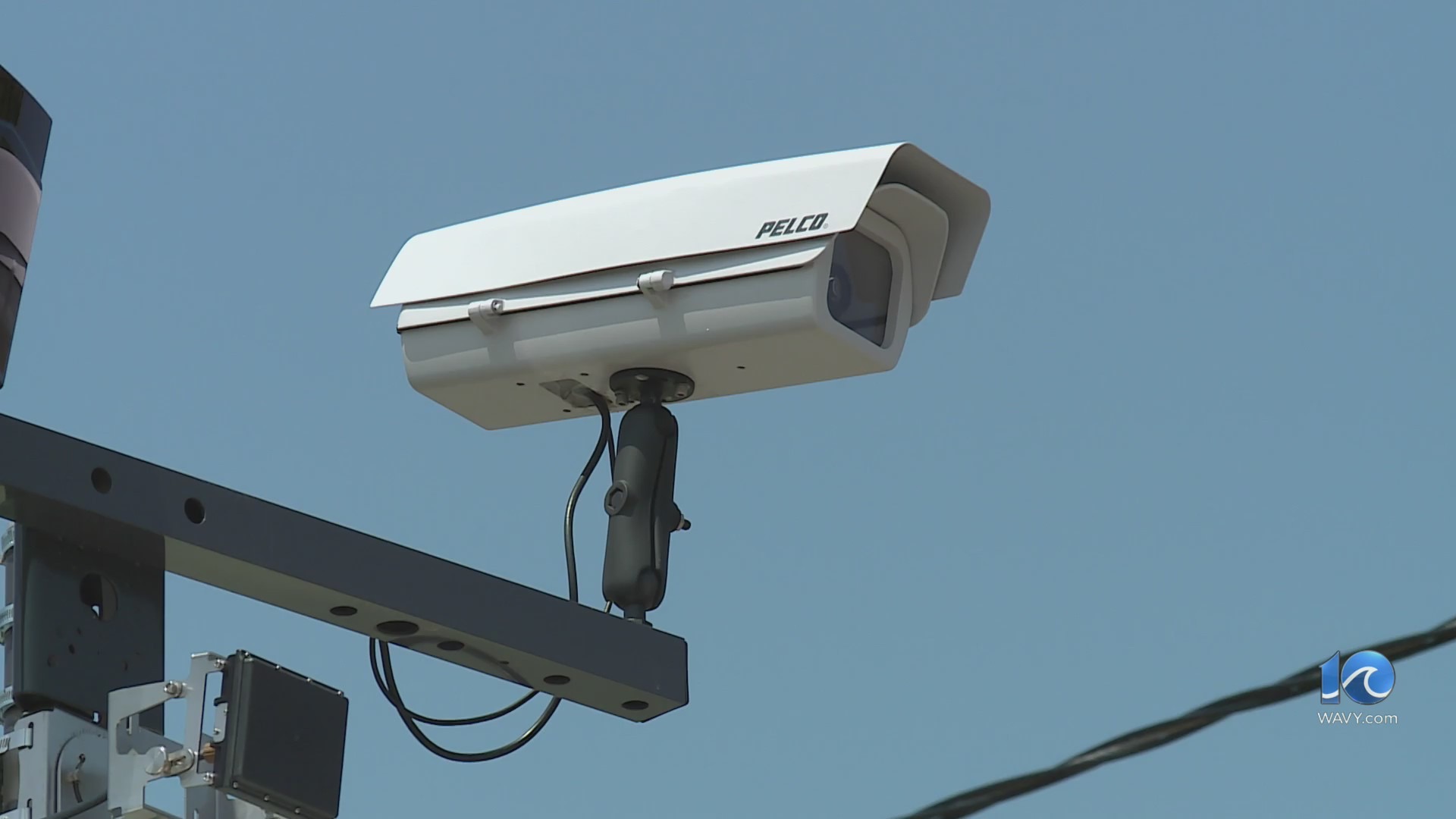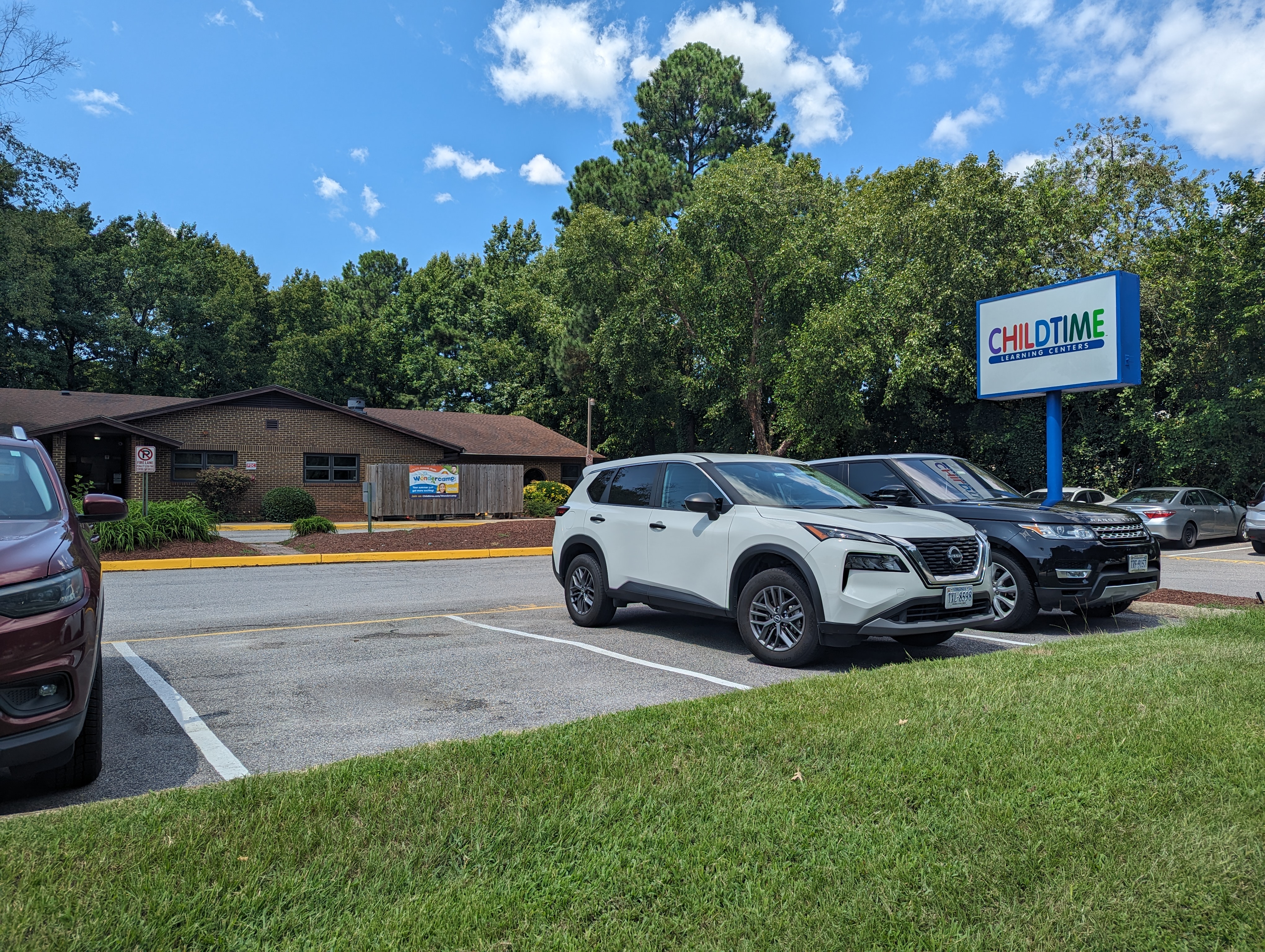NEW DELHI (AP) — Air India is facing fresh turbulence following last week’s fatal crash as additional safety inspections on its Dreamliner fleet have led to flight delays, cancellations and growing passenger anxiety.
India’s aviation safety regulator ordered deeper checks on Boeing 787 aircrafts operated by the airline soon after its London-bound flight crashed during take-off in Ahmedabad city June 12, killing at least 270 people, including 241 passengers and crew.
The precautionary inspections, including closure of airspace in some middle eastern countries, have strained Air India operations across domestic and international routes.
Since the crash, Air India has cancelled operations of a total of 83 wide-body flights, including 66 Dreamliner, according to data shared by the Directorate General of Civil Aviation, India’s aviation safety regulator.
“There is a cascading impact operationally. We are being extra cautious and doing extra checks beyond the usual,” a company executive familiar with the matter said on condition of anonymity as he wasn’t authorized to speak to the media.
The company on Tuesday announced cancellation of multiple flights, including one from Ahmedabad to London Gatwick. Another from Delhi to Paris was cancelled as a mandatory pre-flight check identified an unidentified issue, the airline said in a statement.
In a statement Tuesday, the aviation directorate said surveillance conducted on Air India’s Dreamliner fleet so far has found no “major safety concerns.”
The aircrafts and its associated maintenance systems were found to be compliant with existing safety standards, the directorate said, adding that of the 33 aircrafts, 24 have completed the inspections, while four were undergoing long-term maintenance. The rest were expected to finish the safety checks soon.
The regulator, however, raised concerns about maintenance-related issues reported by the airline and advised it to “strictly adhere to regulations.” It asked Air India to strengthen internal coordination across engineering, operations and ground handling units and ensure adequate availability of spares to mitigate flight delays.
Experts from India’s Aircraft Accident Investigation Bureau are probing the crash with assistance from the U.K., the U.S. and officials from Boeing.
Aviation experts say the crash poses a temporary challenge for Air India, which was in midst of transforming itself from a financially troubled airline to a profitable venture.
“If you ask me whether the accident will derail the ambitious growth plans, no way. There can be no looking back,” said Jitender Bhargava, a former Air India executive director.
The company already has placed huge orders for new aircrafts to expand operations. The present challenge was to boost the morale of employees and passengers through confidence building measures, Bhargava said.
“The faster you make people forget this one-off accident, the better it is,” Bhargava said.
Indian conglomerate Tata Sons took over Air India in 2022, returning the debt-saddled national carrier to private ownership after decades of government control. The $2.4 billion deal was seen as the government’s effort to sell off a loss-making, state-run businesses. It also was in some ways a homecoming for Air India, which was launched by the Tata family in 1932.
Since the takeover, Air India has ordered hundreds of new planes worth over $70 billion, redesigned its branding and livery and absorbed smaller airlines Tata held stakes in. The company additionally has committed millions of dollars to digital overhauls of aircrafts and refurbishing interiors of more than five dozen legacy planes.
Air India has ordered nearly three dozen trainer aircrafts and set up one of South Asia’s largest training academy for professionals.






